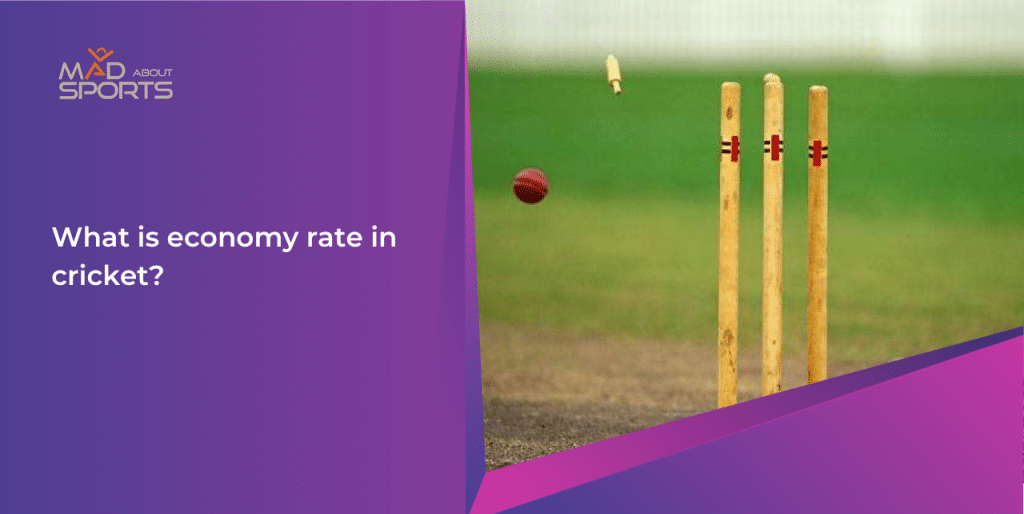Cricket, with its intricate blend of bat and ball, constantly dazzles us with its statistical wonders. Among these gems lies the Economy Rate, a crucial metric that reveals a bowler’s ability to control the flow of runs and influence the game’s outcome.
In this article, we’ll explore what economy rate is,how to calculate i and, discuss what constitutes a good economy rate. Additionally we will also have a look at top bowlers with the best economy rates in both ODIs and T20Is.
Table of Contents
What is Economy Rate?
Economy Rate is a bowling statistic that measures a bowler’s efficiency in limiting the opposition’s score. It reflects how many runs a bowler concedes per over, thereby indicating their ability to maintain pressure on the batting side. A lower economy rate indicates effective bowling efforts, while a higher rate may suggest that the bowler is leaking runs.
How to Calculate Economy Rate of a Bowler?
The formula to calculate the economy rate of a bowler is straightforward:
Economy Rate = Total Runs Conceded / Total Overs Bowled
For instance, if a bowler concedes 45 runs in 10 overs, their Economy Rate would be:
45/10 = 4.5
What is a Good Economy Rate in Cricket?
A good economy rate is dependent on match conditions and varies across formats. In Test cricket, where containment is less critical, an economy rate around 2 to 3 is considered commendable. In the shorter formats, like ODIs and T20Is, a good economy rate typically falls between 4 to 5.
Top Bowlers with the Best Economy Rates in ODIs and T20I
Top 5 Bowlers with Best Economy Rates in ODIs:
1. Joel Garner (West Indies) – Economy Rate: 3.09
2. MHN Walker (Australia) – Economy Rate: 3.25
3. M Hendrick (England) – Economy Rate: 3.27
4. RGD Willis (England) – Economy Rate: 3.28
5. Sir RJ Hadlee (New Zealand) – Economy Rate: 3.30
Source: ESPNCricinfo
Top 5 Bowlers with Best Economy Rates in T20Is:
1. YM Nkanya – Economy Rate: 4.25
2. F Nsubuga – Economy Rate: 4.69
3. Vraj Patel – Economy Rate: 4.71
4. S Thakor – Economy Rate: 4.84
5. H Ssenyondo – Economy Rate: 5.16
Source: ESPNCricinfo
Conclusion
The Economy Rate serves as a window into a bowler’s impact on the game, capturing their ability to control the run flow and build pressure on the batting side. While a good economy rate depends on the format of game, it remains a key indicator of a bowler’s efficiency and skill.
As a cricket analyst you need to remain on top of the economy rate of different bowlers in order to make informed analysis and reports. This is exactly the reason why mastering its calculation is utmost important in modern day cricket.

